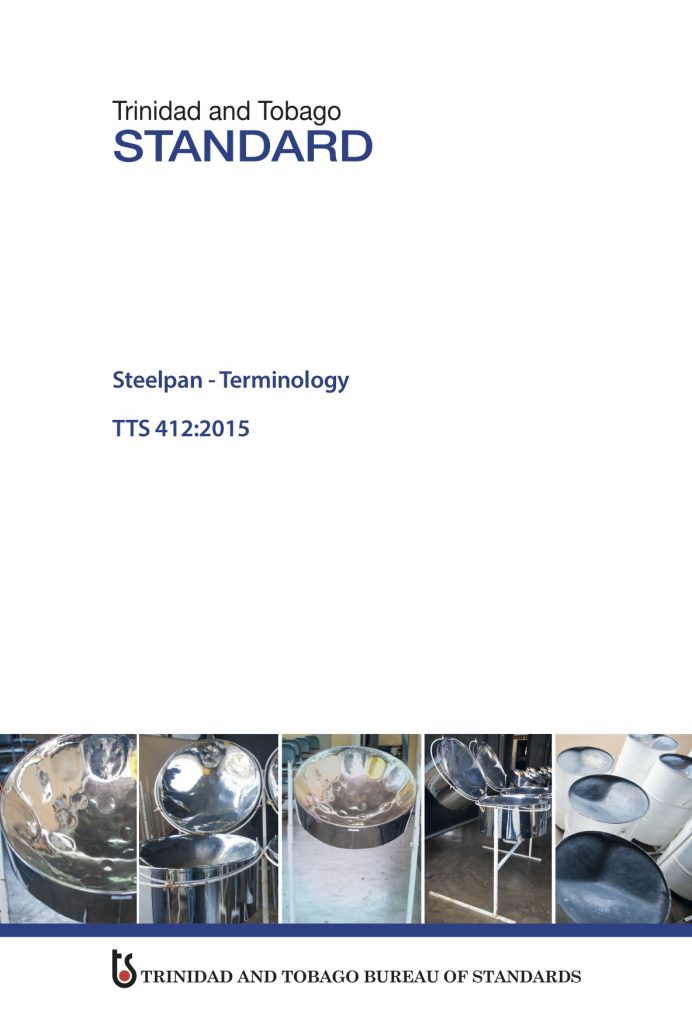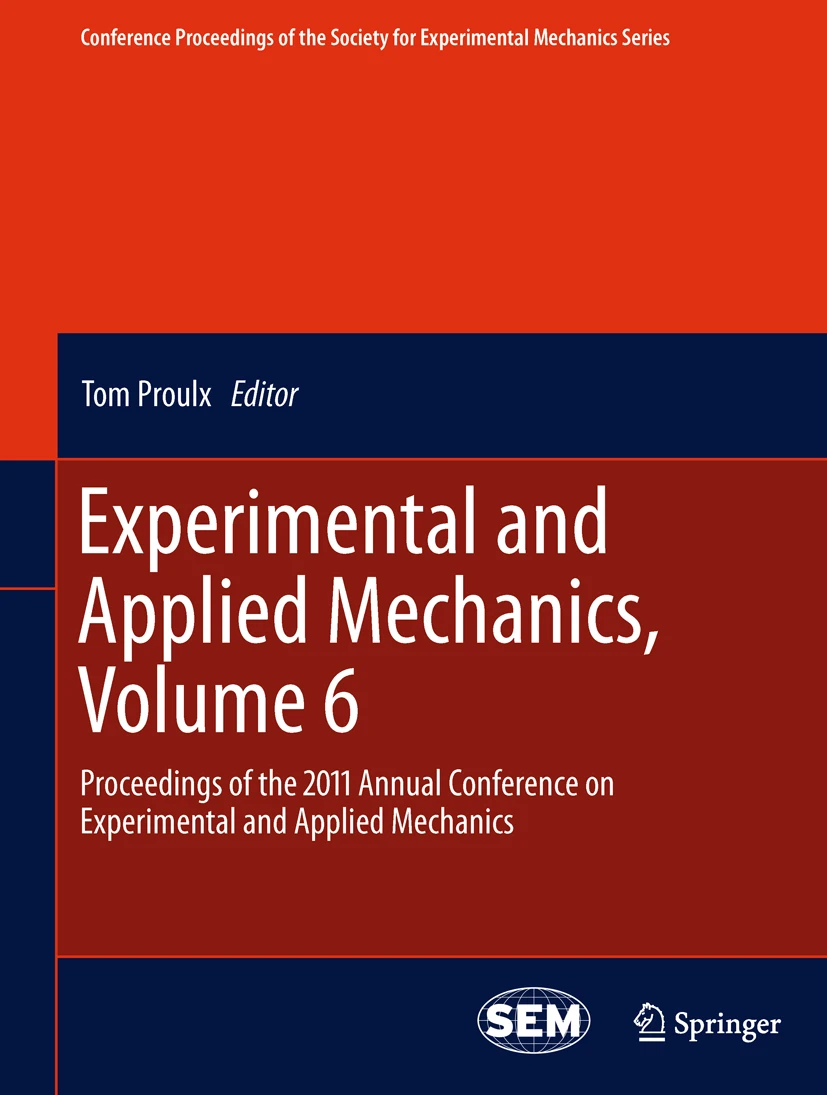
Global Creativity and Innovation Day
World Creativity and Innovation Day is an event observed on April 21, emphasizing the vital role of creativity and innovation in problem-solving and advancing human progress. For engineering students, this day serves as a reminder of the impact of thinking on shaping the future of technology and engineering.
The Significance of Creativity and Innovation in Engineering
Creativity and innovation are elements in engineering that enable the creation of solutions to complex issues. According to Cropley (2015), fostering creativity in engineering education helps generate innovative solutions that meet society’s evolving needs.
Throughout history, engineering has been about individuals discovering solutions to an array of problems spanning from architecture to medicine. It tackles challenges like earthquakes, transportation systems, clean water access, and increased lifespans. Engineering not only enhances life but also impacts the economy and overall quality of life.
The Engineering Division at the Alma Jordan Library has a wealth of information on engineering, creativity, innovation, entrepreneurship and other relevant topics. Here is a brief list of selected e-books that may be of interest to engineering students seeking to foster creativity and innovation.
Selected E-books
Critical Thinking, Idea Innovation, and Creativity by
Innovation in Design, Communication and Engineering by
Innovations of Kansei Engineering by
How can Engineering Students further Enhance their Creativity and Innovation Skills?
Engineering students can further enhance their creativity and innovation skills during their university studies by following the steps outlined below based on practices for creating a culture that fosters creativity (Higuera et al., 2021);
- Apply creativity and innovation techniques to explore opportunities and challenge thinking boundaries. Experiment with approaches and methods to uncover solutions for complex problems.
- Keep a mind without any ideas or biases allowing for a fresh outlook and the ability to consider things from different perspectives. Embrace thoughts and viewpoints to spark creativity and encourage ideas.
- Avoid assuming that creativity is beyond reach or unnecessary. Understand that creativity can be nurtured and honed through practice, dedication, and a positive attitude. Let go of self-doubt. Believe that everyone possesses the potential for creativity.
- Experiment to test theories, discover insights, and challenge established conventions. Adopt a mindset of learning and exploration recognizing that failure often paves the way for innovation and progress.
- View failures as opportunities for learning. Acknowledge that setbacks and errors offer lessons and insights. Learn from failures, adjust your approach accordingly, and use them as stones towards achievements.
- Pose thought-provoking questions that challenge the state of affairs. Explore possibilities by asking "why" and "what if," fostering thinking and generating innovative concepts. Dare to question assumptions or prevailing norms.
- Generate numerous ideas through brainstorming sessions and thinking exercises. Encourage an exchange of ideas without criticism or constraints.
- To enhance the quality of your ideas, aim to generate a number of them, as quantity often leads to outcomes.
- Collaborate with others to benefit from viewpoints, expertise, and backgrounds. Embrace collective thinking to create an innovative atmosphere. Share your ideas, seek input, and work together to create solutions that are more impactful than efforts.
- Integrate elements of art, music, literature or nature into your process for inspiration. Look beyond engineering for perspectives and innovative approaches.
- Stay informed by reading literature in your field to gain insights from experts. Keep up with the research and trends to expand your knowledge base and spark ideas.
- Utilize resources from organizations to connect with peers at conferences and workshops. Engage with professionals from different fields to exchange ideas and experiences that can fuel innovation.
- Diversify your skill set by taking courses outside of engineering disciplines, such as design thinking or psychology. Explore subjects to broaden your perspective and enhance your creativity.
- Engage in real-life design endeavours during your time to put your skills and imagination into action in situations. Undertake projects or team up with others to create solutions that tackle needs and difficulties, refining your problem-solving and inventive thinking capabilities.
- Join movement-oriented classes that promote activity, such as dance, sports, or yoga. Physical motion can trigger thoughts, enhance abilities, and nurture diverse thought processes that pave the way for innovative concepts.
- Participate in a lab specially crafted to cultivate creativity and innovation. Immerse yourself in an atmosphere that fosters exploration, experimentation and teamwork. Utilize specialized tools, resources and mentors to bolster your journey.
- Broaden your expertise beyond engineering by embracing education. Delve into fields such as business, marketing, psychology, or design to develop a grasp of industries and boost your capacity to innovate across disciplines.
Keep in mind that creativity and innovation extend beyond engineering. To foster creativity and innovation among engineering students, educational programs should surpass instruction. Badran (2007) stresses the importance of an approach to enhancing innovative skills through interdisciplinary courses, workshops, and hands-on projects. You can unleash your potential by incorporating these strategies and nurturing a mindset that embraces creativity. Become a driving force for positive change in any field or pursuit you decide to embark on.
On the occasion of World Creativity and Innovation Day, it is crucial to acknowledge the role that creativity and innovation play in the realm of engineering. By cultivating a mindset and offering access to resources, the Alma Jordan Library continues to empower engineering students to emerge as inventive problem solvers and influential figures in their domain. We request that you embrace this day as an opportunity to delve into concepts and embrace risks. Push the boundaries of what can be achieved in engineering.
References
Badran, Ibrahim. 2007. "Enhancing Creativity and Innovation in Engineering Education." European Journal of Engineering Education 32 (5): 573-585.
Charyton, Christine. 2015. "Creative Engineering Design: The Meaning of Creativity and Innovation in Engineering." Creativity and innovation among science and art: A discussion of the two cultures: 135-152.
Cropley, David H. 2015. "Promoting Creativity and Innovation in Engineering Education." Psychology of Aesthetics, Creativity, and the Arts 9 (2): 161.
Higuera Martínez, Oscar Iván, Liliana Fernández-Samacá, and Lizeth Fernanda Serrano Cárdenas. 2021. "Trends and Opportunities by Fostering Creativity in Science and Engineering: A Systematic Review." European Journal of Engineering Education 46 (6): 1117-1140.
United Nations. “World Creativity and Innovation Day.” United Nations. Accessed April 19, 2024. https://www.un.org/en/observances/creativity-and-innovation-day.












 World Metrology Day is an annual observance held on May 20th to commemorate the signing of the Metre Convention in 1875. The Metre Convention established the International Bureau of Weights and Measures (BIPM) and laid the foundation for the global measurement system known as the International System of Units (SI).
World Metrology Day is an annual observance held on May 20th to commemorate the signing of the Metre Convention in 1875. The Metre Convention established the International Bureau of Weights and Measures (BIPM) and laid the foundation for the global measurement system known as the International System of Units (SI).
 Every year on April 22nd, stakeholders of all backgrounds come together to advance sustainability and climate action in commemoration of Earth Day. This year, the theme
Every year on April 22nd, stakeholders of all backgrounds come together to advance sustainability and climate action in commemoration of Earth Day. This year, the theme 


As our reliance on digital technology increases, so do the risks associated with cybersecurity. For students and faculty at The UWI St Augustine Campus, understanding these risks and learning how to mitigate them is essential. This blog post will explore the importance of cybersecurity, provide practical tips, and highlight resources available at the Alma Jordan Library to help you stay safe online.
Why Cybersecurity Matters?
Cybersecurity is critical because our personal and professional lives are increasingly intertwined with digital technologies. According to Craigen, Diakun-Thibault, and Purse (2014), cybersecurity encompasses the protection of cyberspace and cyberspace-enabled systems from occurrences that misalign legal and actual property rights. This definition underscores the multidimensional nature of cybersecurity, which includes technical, organizational, economic, social, and political aspects.
Common Cyber Threats
Phishing Attacks: These attacks often involve fraudulent emails that appear to be from legitimate sources. The goal is to trick recipients into providing sensitive information, such as passwords or credit card numbers. For example, a student might receive an email that looks like it’s from their university, asking them to reset their password, only to have their information stolen.
Tips for Enhancing Cybersecurity Awareness
Selected E-books
Understanding and practising good cybersecurity habits is essential for protecting yourself and the university community. You can enhance your cybersecurity awareness and resilience by staying informed about the latest threats and utilizing the resources available at the Alma Jordan Library. Discover our selected e-books on cybersecurity below, and don't forget to explore the library's catalogue and databases for even more insightful e-books and journals on this crucial topic.
Cybersecurity Awareness Course
The UWI's Centre for Information Technology Services (CITS) provides a Cybersecurity Awareness Course tailored to enhance the security awareness of both faculty and students. This programme aims to educate participants on the recommended methods for maintaining safety and safeguarding institutional information. The curriculum covers topics, including identifying phishing scams, securing devices, creating robust passwords and understanding the potential risks associated with social media and internet usage. By completing this course, faculty and students will be better prepared to defend against cyber threats and contribute to establishing a digital environment at UWI. For more information on this course, visit; https://sta.uwi.edu/cits/cybersecurity-awareness-course
References
Alharbi, Talal, and Asifa Tassaddiq. 2021. "Assessment of Cybersecurity Awareness among Students of Majmaah University." Big Data and Cognitive Computing 5 (2): 23.
Craigen, Dan, Nadia Diakun-Thibault, and Randy Purse. 2014. "Defining Cybersecurity." Technology innovation management review 4 (10).
Florackis, Chris, Christodoulos Louca, Roni Michaely, and Michael Weber. 2023. "Cybersecurity Risk." The Review of Financial Studies 36 (1): 351-407.
Peker, Yesem Kurt, Lydia Ray, Stephanie Da Silva, Nathaniel Gibson, and Christopher Lamberson. "Raising Cybersecurity Awareness among College Students." 2016.